Pruning Fruit Trees – Learn About Different Fruit Tree Forms


Anyone growing fruit trees needs to prune and shape them in order to help the tree develop a good branch framework for fruit. There are several fruit tree shapes you can use as a model when you prune to help you get a great harvest. Many gardeners have trouble understanding fruit tree forms and how to achieve them, however. If you want to learn about the different forms for fruit trees, read on. We’ll also give you tips for pruning fruit trees.
Understanding Fruit Tree Forms
You should train and prune your fruit trees every year, but it’s an easy job to procrastinate, especially if you don’t understand the hows and whys of different fruit tree shapes. But if you don’t shape your trees, they won’t give you high-quality fruit. A tree left to its own devices will grow tall and broad. Ultimately, its dense upper canopy will shade out most of the fruit on its lower branches. As trees mature, fruit will only appear at the branch tips unless you prune them into appropriate forms for fruit trees. A primary reason to start pruning fruit trees is to develop strong fruit tree shapes. The correct forms for fruit trees not only encourage fruit production, but also keep the trees shorter to make harvest easier. Appropriate pruning creates an open branch structure that allows sunlight to enter. This kind of light penetration is essential to allow flower buds and fruit to develop. Proper shaping also allows air to pass through the tree canopy, encouraging quick drying to prevent disease. When you start pruning fruit trees regularly, you have a chance to trim out broken, damaged or diseased branches. Working to create appropriate forms also makes the trees aesthetically pleasing.
Different Fruit Tree Forms
You’ll find a number of different fruit tree forms in articles about training trees. While you can choose any appropriate form, the two seen most often are the central-leader and the open-center forms. Espalier is another commonly used form.
Central-Leader Form
The central-leader fruit tree form is used frequently for apple, pear, pecan and plum trees. It is characterized by one principal trunk, also called a leader. With a central-leader tree shape, you remove all branches on the lower section of the trunk, allowing the branching some 3 feet (.9 m.) above the soil level. Each year, you allow four or five branches to develop, evenly spaced in a whorl around the tree. As the tree grows, upper whorls are pruned shorter than lower ones, so that all get adequate light.
Open-Leader Form
The other primary shape among the different fruit tree forms is called the open-center form or vase form. It is used for peaches, nectarines and plums. In the open-center fruit tree shape, the central leader is removed by pruning. That leaves the tree without upright growth in the center. Instead of a central leader, this form fruit tree has several major branches coming out of the trunk, allowing in ample sunlight.
Espalier Form
One artistic form for dwarf apple or pear trees is called the espalier. An espalier form is a flat, two-dimensional tree shape against a trellis or wall. Trees shaped to an espalier form have an upright trunk and multiple horizontal branches on each side. The branches are attached to the support and allowed to grow in all directions other than out. The support protects the tree branches as well as giving support.
Gardening tips, videos, info and more delivered right to your inbox!
Sign up for the Gardening Know How newsletter today and receive a free copy of our e-book "How to Grow Delicious Tomatoes".

Teo Spengler is a master gardener and a docent at the San Francisco Botanical Garden, where she hosts public tours. She has studied horticulture and written about nature, trees, plants, and gardening for more than two decades. Her extended family includes some 30 houseplants and hundreds of outdoor plants, including 250 trees, which are her main passion. Spengler currently splits her life between San Francisco and the French Basque Country, though she was raised in Alaska, giving her experience of gardening in a range of climates.
-
 8 Perfect Flowers To Plant With Tomatoes To Boost Yields & Banish Pests
8 Perfect Flowers To Plant With Tomatoes To Boost Yields & Banish PestsDon’t forget flowers when choosing companion plants for your tomato beds or pots. These pretty, fragrant blooms add beauty but are also highly beneficial.
By Mary Ellen Ellis
-
 Want The Longest Lasting Hydrangea Flowers? Grow These 8 Panicle Hydrangea Varieties
Want The Longest Lasting Hydrangea Flowers? Grow These 8 Panicle Hydrangea VarietiesFor ornamental shrubs that deliver the longest flowering seasons with plush blooms and delicate hues, these panicle hydrangea varieties are essential in your yard
By Tonya Barnett
-
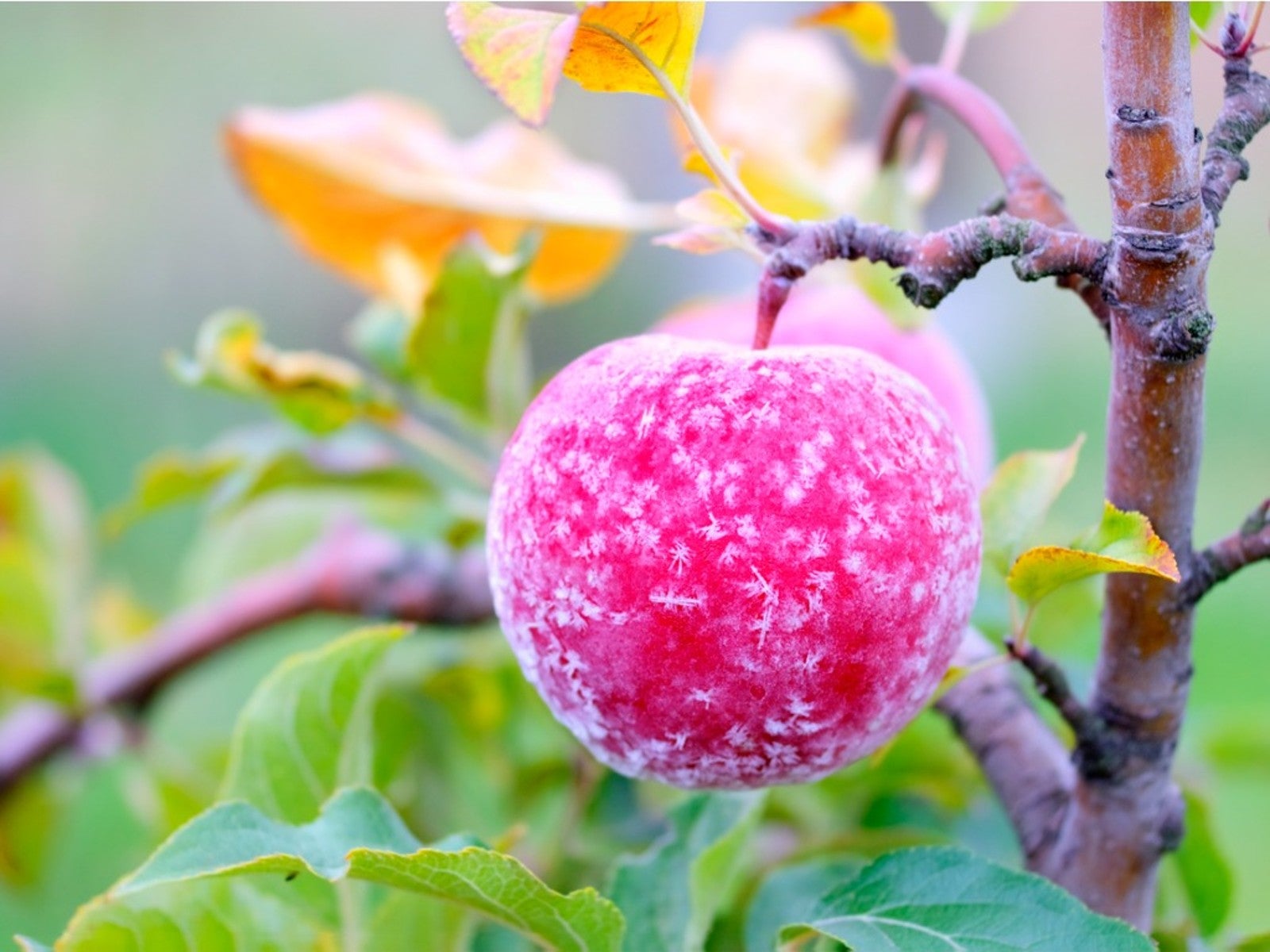 How To Protect Fruit Trees From Frost And Freeze
How To Protect Fruit Trees From Frost And FreezeChoosing fruit trees appropriate for your growing zone is best, but you still may need to protect them from extreme cold. Read how.
By Bonnie L. Grant
-
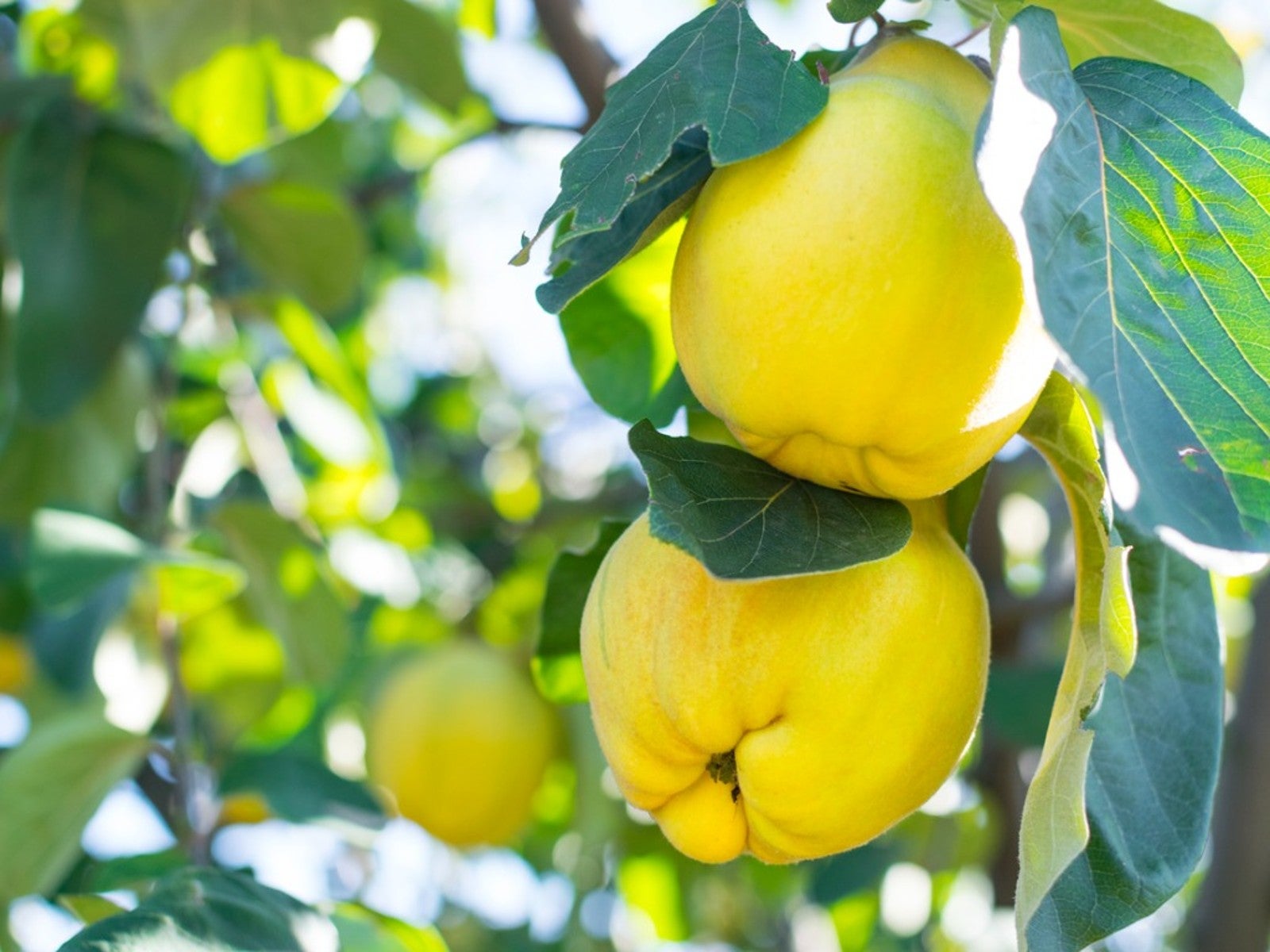 Best Plants For Late Summer and Fall Fruit Harvest
Best Plants For Late Summer and Fall Fruit HarvestEven if you don’t have the optimal conditions for more common fruit trees, there are other end of summer fruits to enjoy.
By Teo Spengler
-
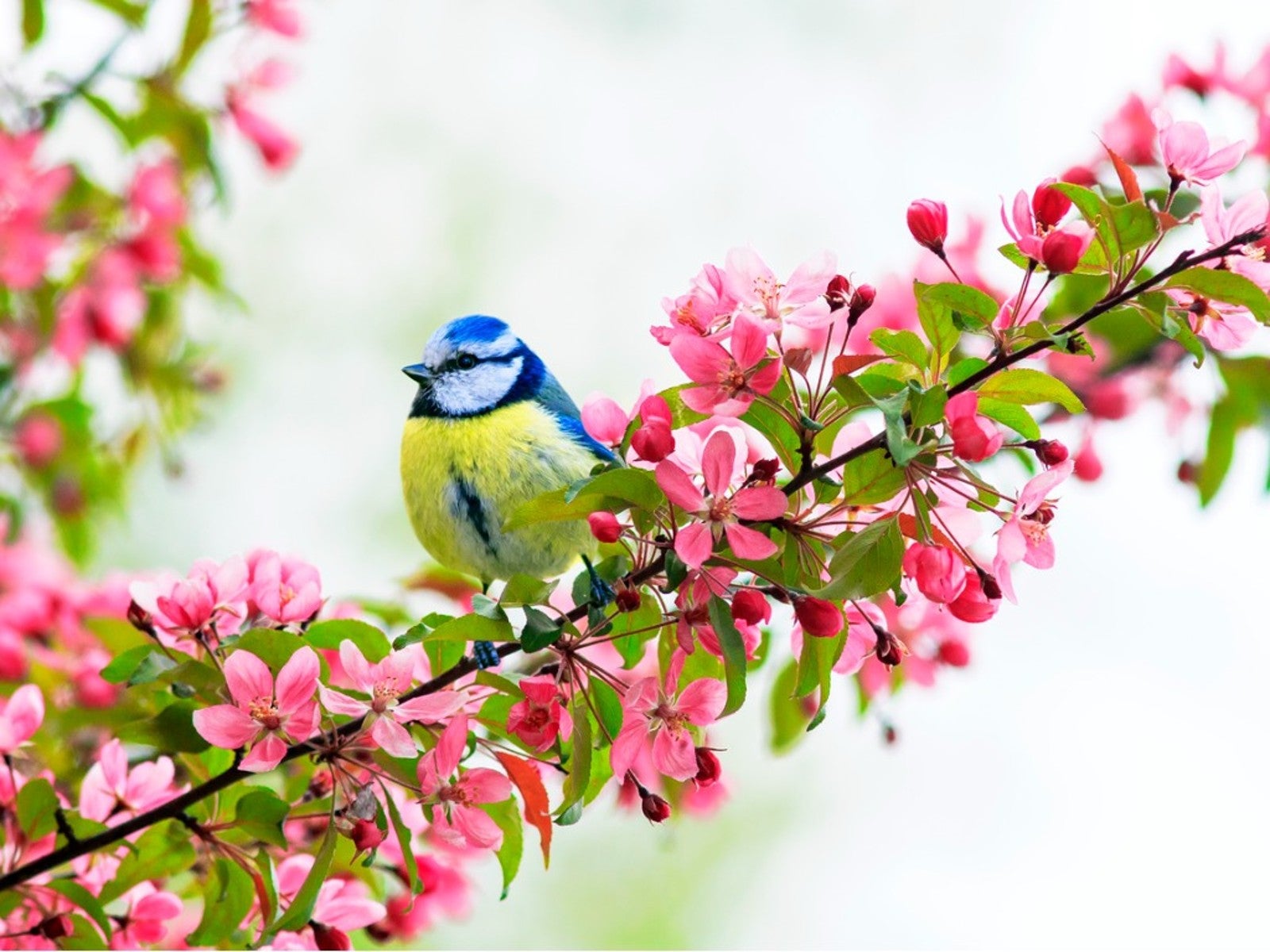 Best Native Fruit Trees To Support Wildlife
Best Native Fruit Trees To Support WildlifeIf you want trees that will attract and feed wildlife, learn the best kinds of edible fruit and nut trees to plant for inviting specific creatures.
By Teo Spengler
-
 Orange Fruit Varieties: Growing Fruits That Are Orange
Orange Fruit Varieties: Growing Fruits That Are OrangeOrange colored fruit isn’t limited to the citrus orange. There are plenty of other orange colored fruit varieties, each packing a healthful punch. Read on for more.
By Amy Grant
-
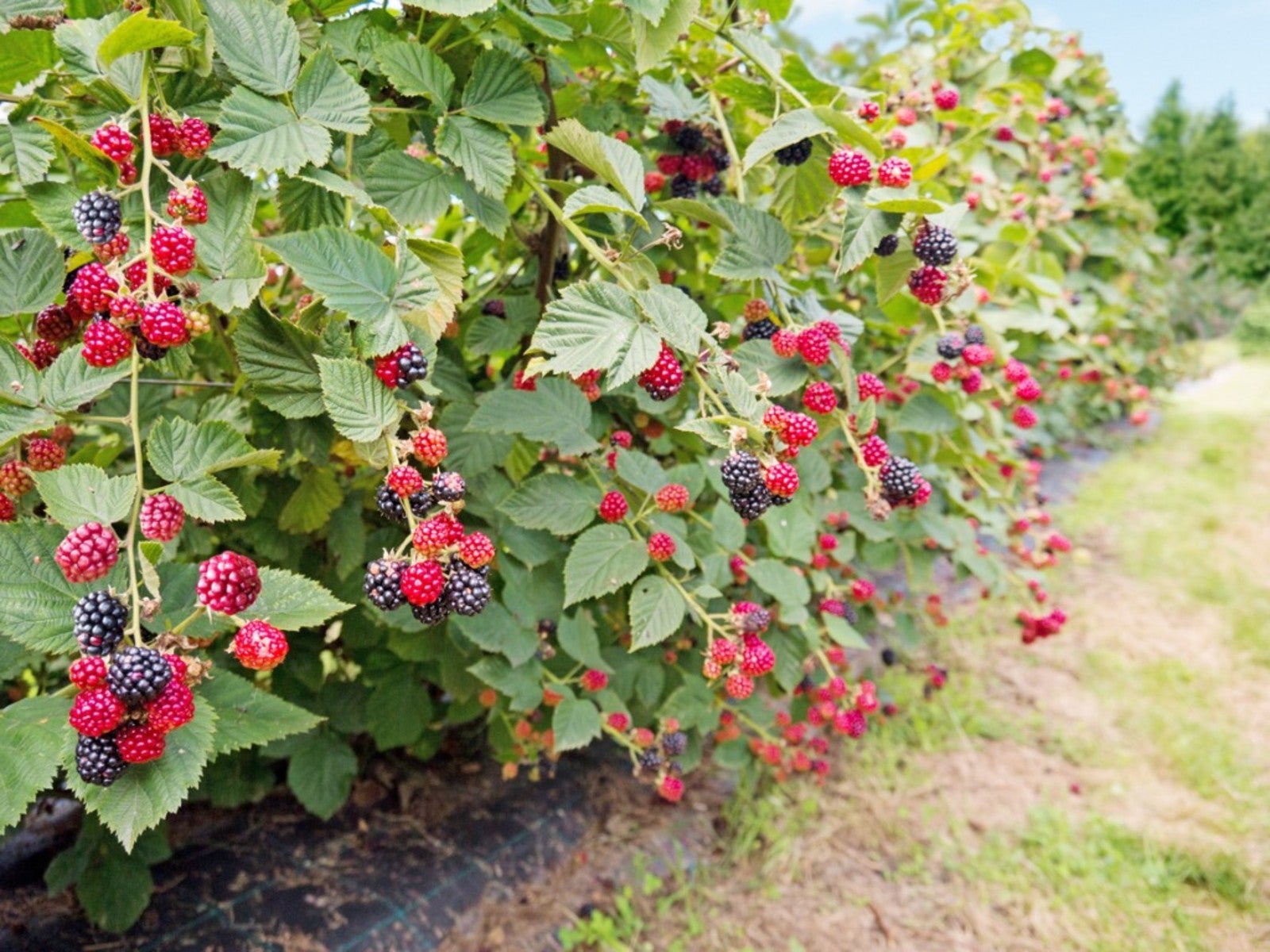 Everbearing Plants: Learn About Everbearing Varieties Of Fruit
Everbearing Plants: Learn About Everbearing Varieties Of FruitWhat does everbearing mean? And more importantly, how do everbearing varieties differ from non-everbearing types? Read on for more.
By Laura Miller
-
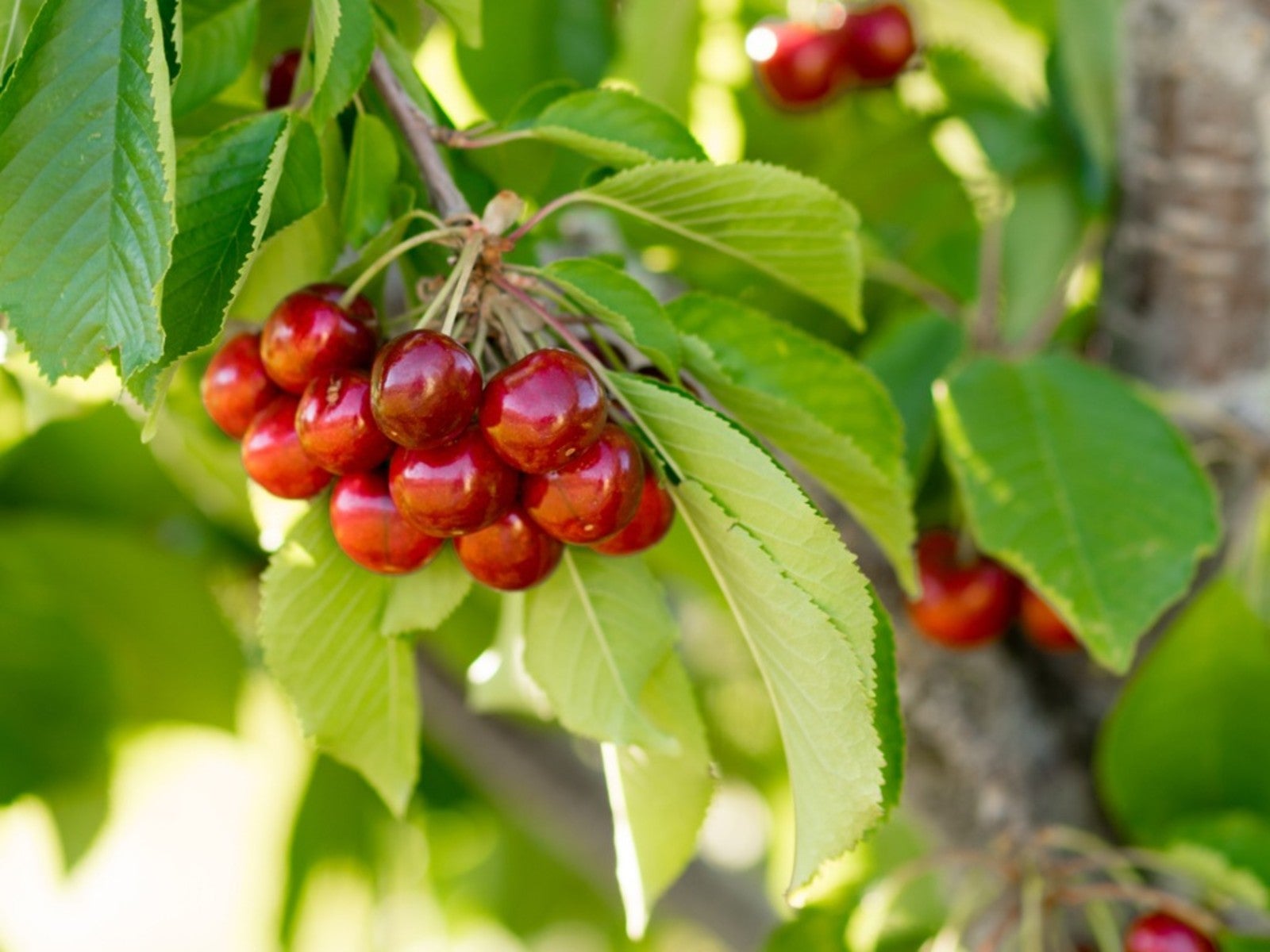 Plant A Red Fruit Garden: Growing Fruits With Red Flesh
Plant A Red Fruit Garden: Growing Fruits With Red FleshPlanting a red fruit garden may seem a bit whimsical. That is, until you realize the health benefits of consuming fruits with red flesh.
By Laura Miller
-
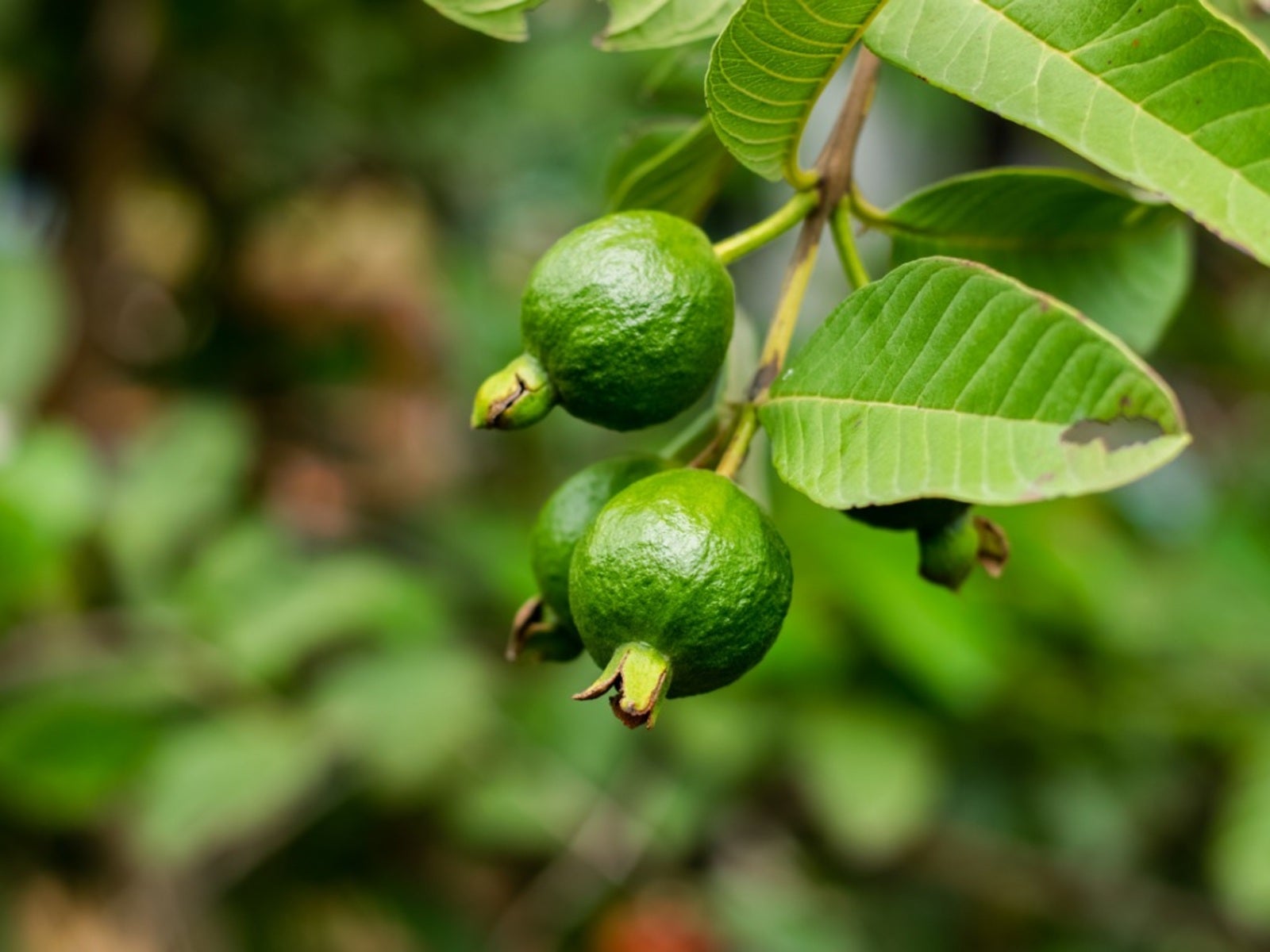 Heat Tolerant Fruits - Growing Fruit In Hot Weather
Heat Tolerant Fruits - Growing Fruit In Hot WeatherSome fruit grows in extreme heat naturally. But there are also specially cultivated, heat-tolerant varieties. For more information on heat tolerant fruits, read on.
By Teo Spengler
-
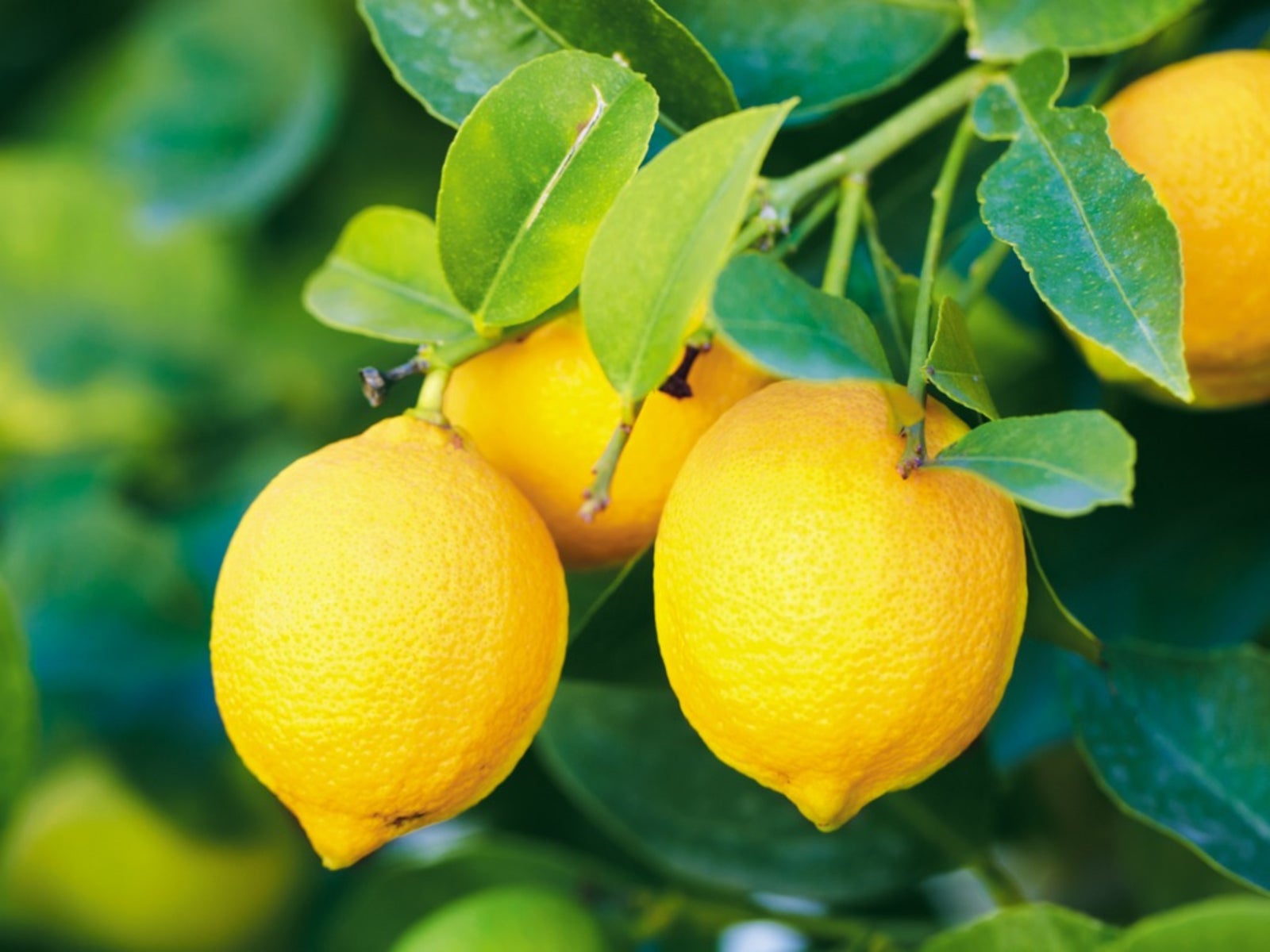 Yellow Fruit Varieties - Growing Fruit That Is Yellow
Yellow Fruit Varieties - Growing Fruit That Is YellowWhat fruit is yellow? There's more than the bananas at the supermarket. Try growing yellow fruit for a consistent supply of sunny food.
By Bonnie L. Grant